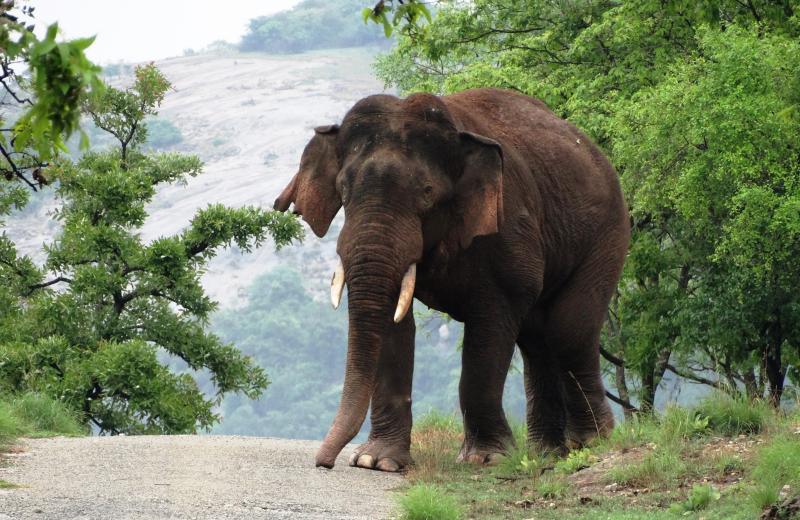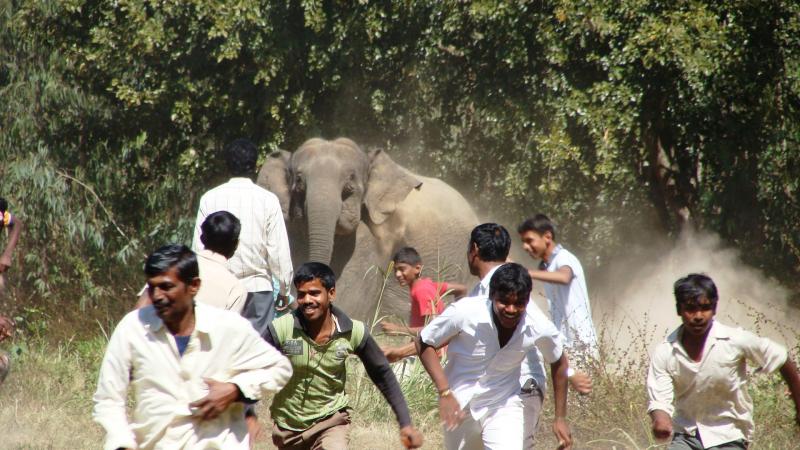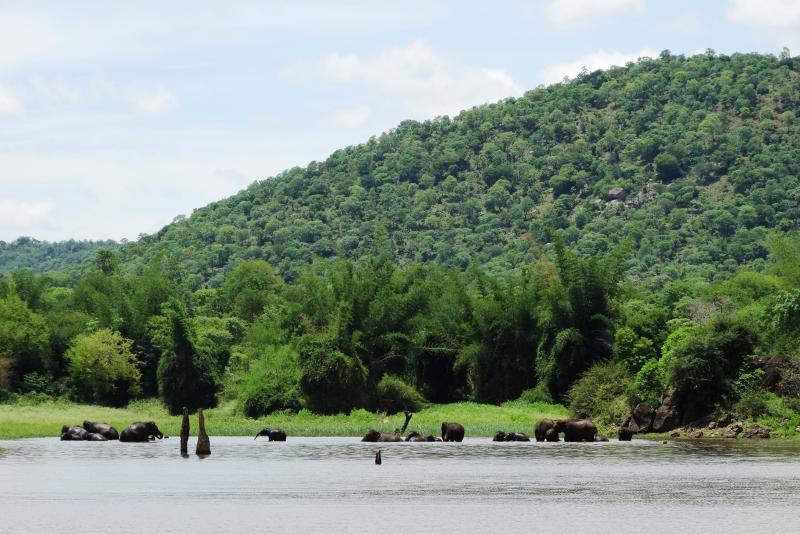In India, nearly 15,000 elephants (~50% of its population) live outside protected areas in and around densely populated (up-to 400 people/sq. km) agro-pastoral landscapes, around villages. Loss of elephant habitat overtime, change in land-use and archaic farming practices have all resulted in increased human-elephant conflict (HEC). This project is a long-term approach (3 year plan, 2016-2019) to protecting elephants and improving people’s livelihoods (safety and food security) through community empowerment and reduction in poaching and HEC. Our main target groups are the elephants and villages affected by conflict and we plan to create elephant-friendly villages through monitoring and awareness. This project has been initiated under the "Frontier Elephant Program", a multi-institution effort to address elephant conservation in human dominated landscapes.
a. Improving the lives of people in villages affected by human-elephant conflict, through real-time monitoring of elephants using camera traps and early warning systems
b. Promoting lifestyles among villagers that are compatible with elephant use of the region, in order to prevent fatalities on both sides
- Improved patrolling and protection of areas identified as sensitive regions in the landscape, preventing both human and elephant deaths including poaching and other illegal activities
- Development of camera-trap-based early warning systems and safe monitoring of elephants in the region through the use of artificial intelligence and digital communication technology
- Setting up of long-term elephant monitoring stations thus generating essential information for the park managers as well as farming communities on elephants and other forest activities
- Increased awareness and improvement in living conditions free of the fear of chance encounters, unexpected crop raids and human deaths by elephants in the select villages
- A village plan for modifications in land-use and agricultural practices, such as cropping patterns and other related activities making villages elephant-friendly
- Involvement and active participation of local community members affected by conflict in the planning and implementation stages helped inculcate the protocols of elephant monitoring and management in the daily practices of villagers
- Involvement of local organizations and forest staff on a regular basis helped in replicating the process and in the spread of conservation message more effectively across the landscape
- Further, use of technology will help in changing the behaviour of elephants through passive measures resulting in a reduction in conflict and aggression of elephants towards people and vice versa








